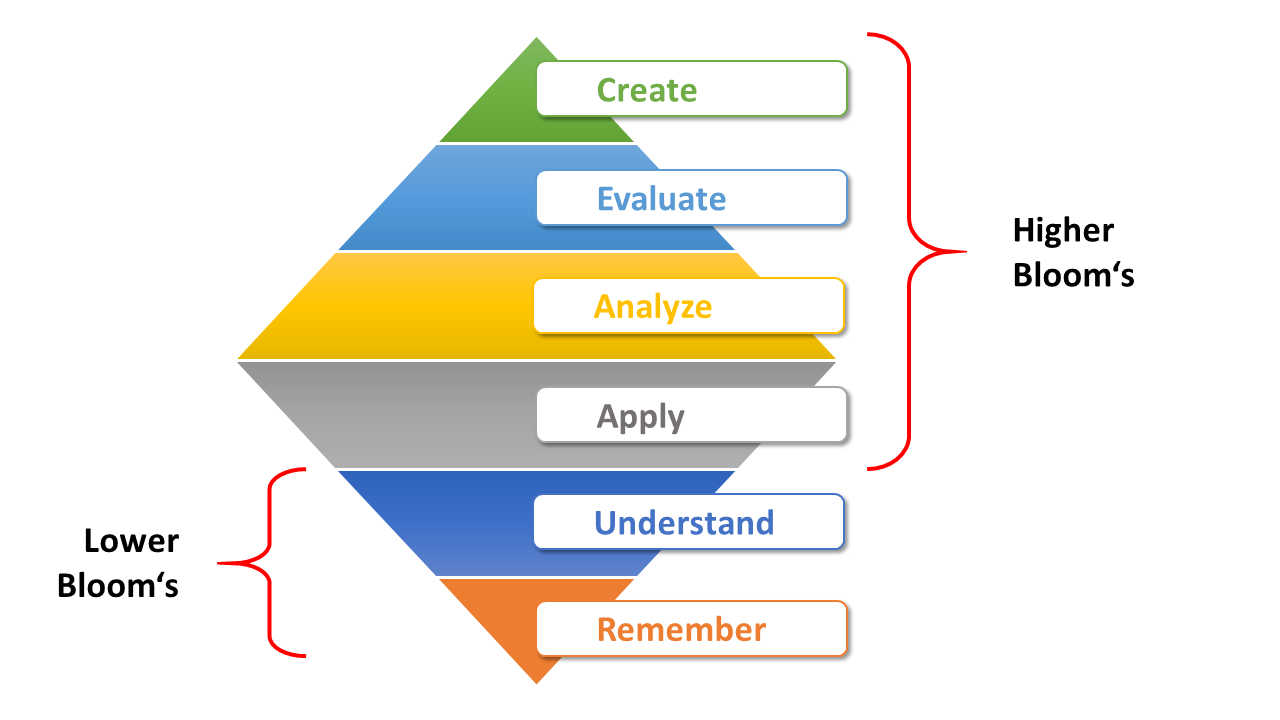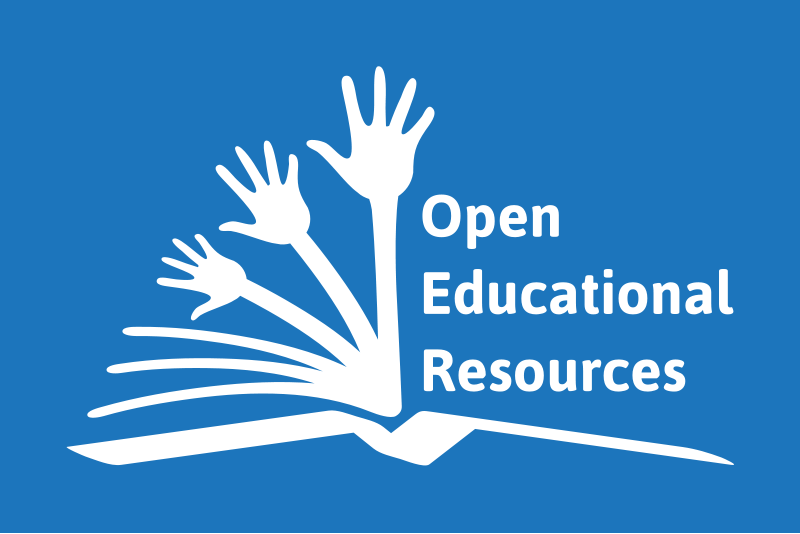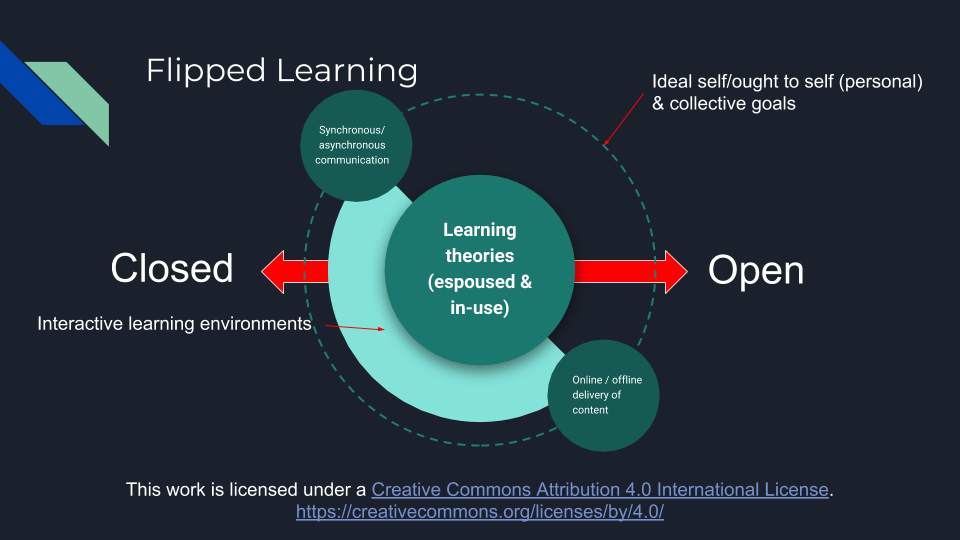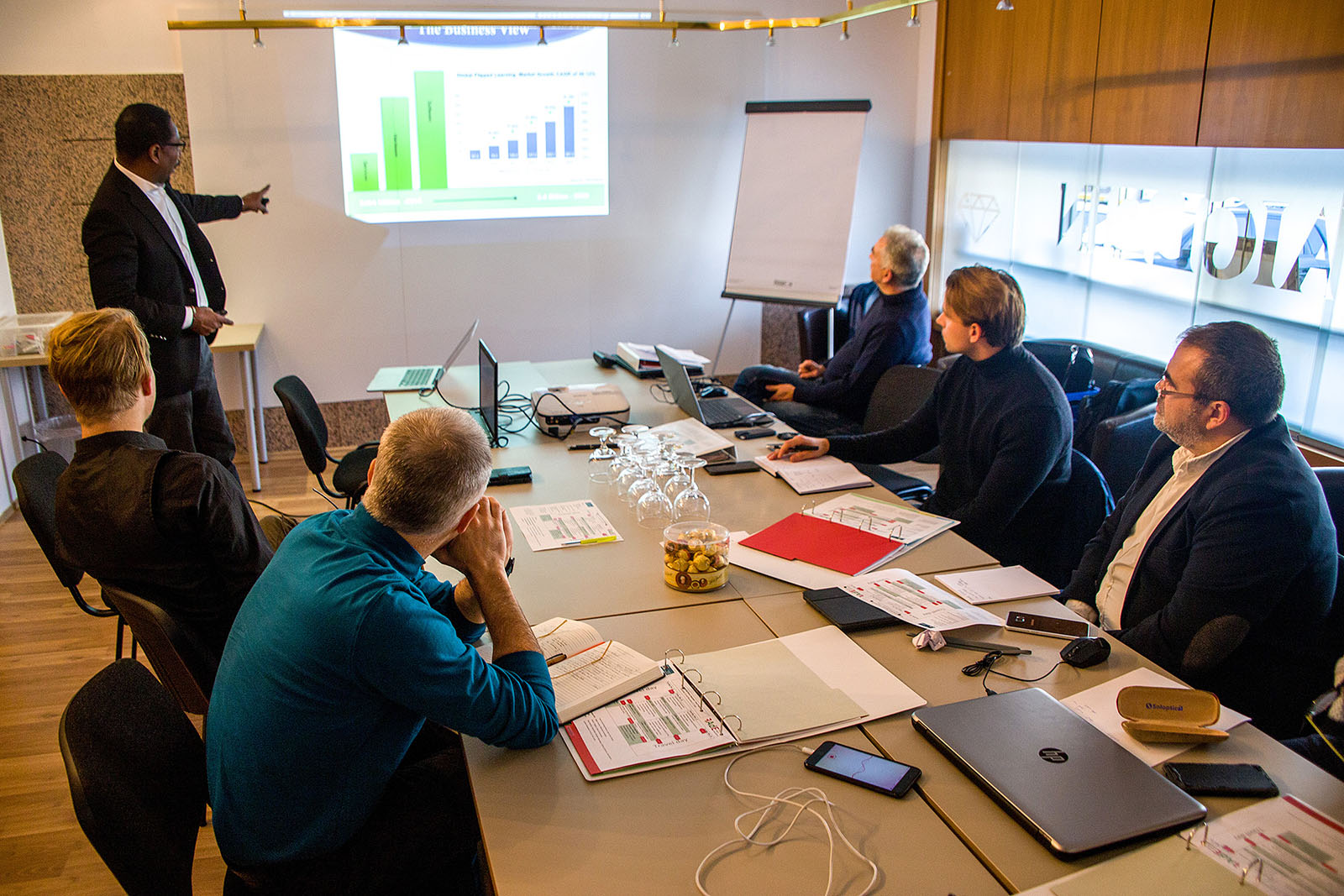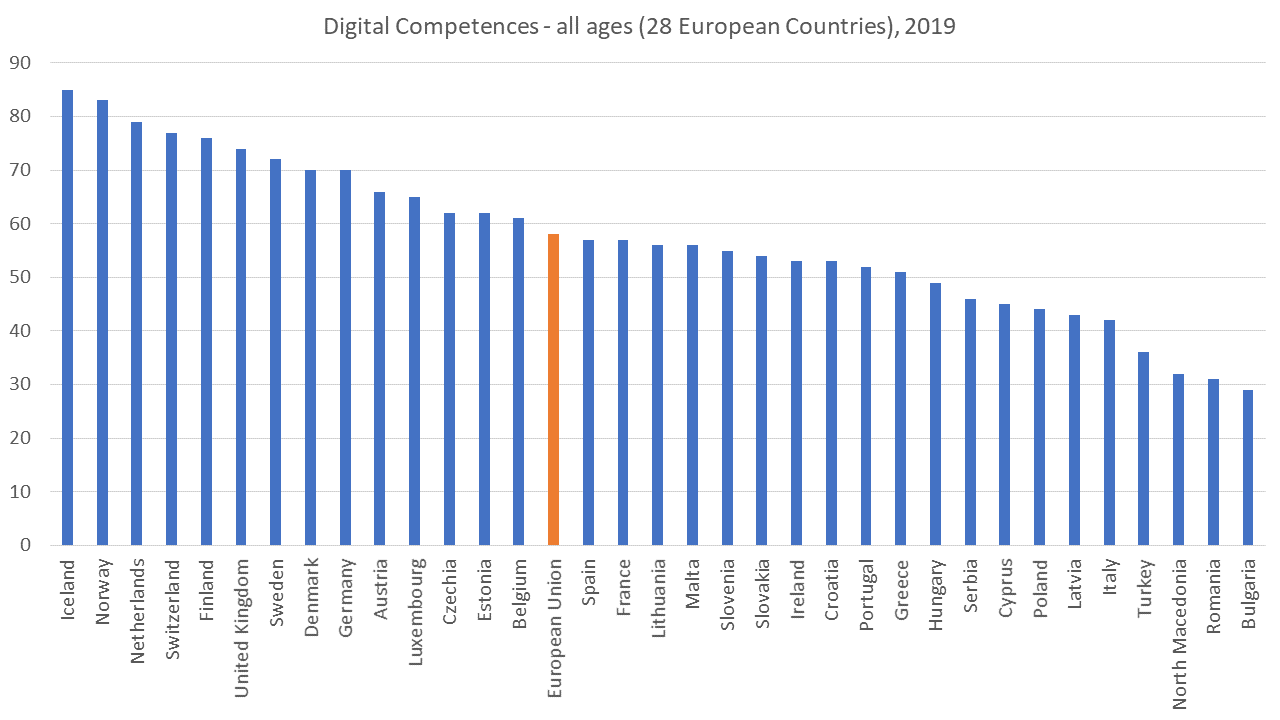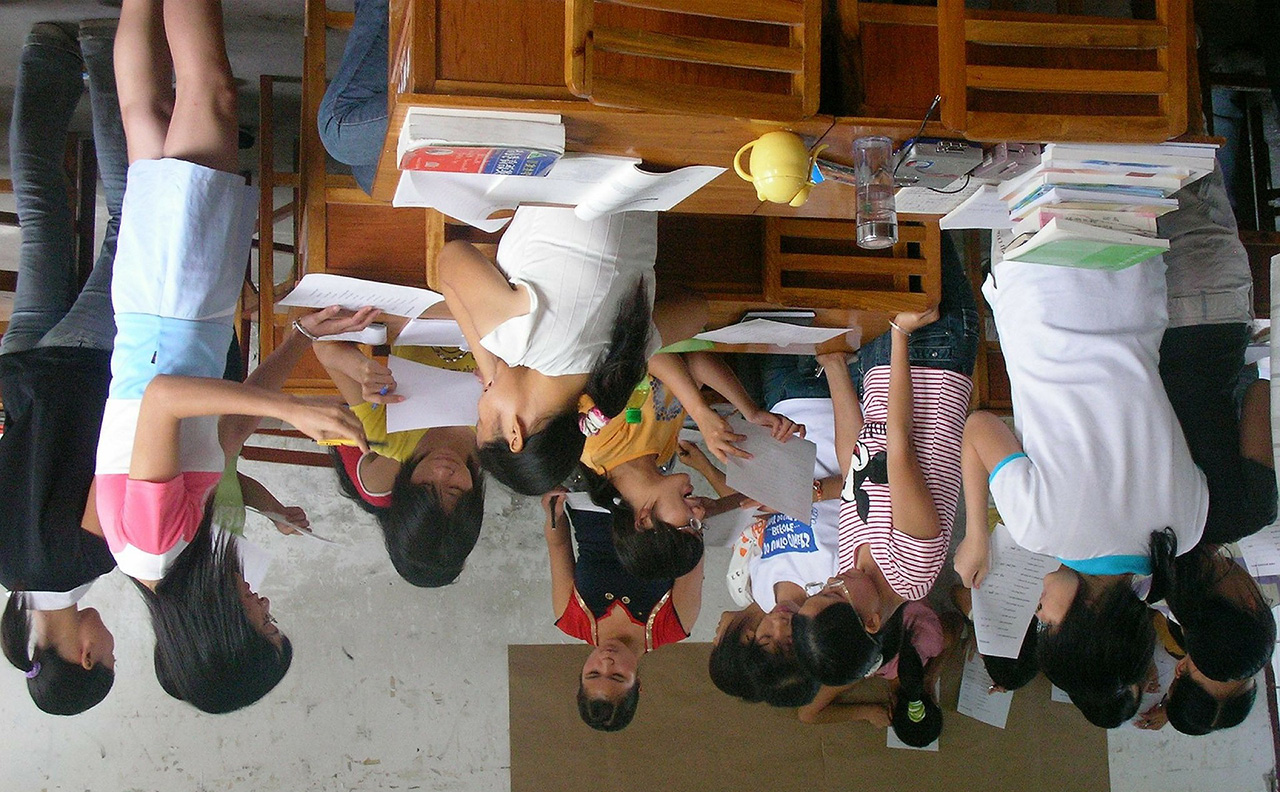
Using debates as activities in the Flipped Learning
The learners are sitting in according to two randomly allocated groups. The atmosphere is filled with excited apprehension. Two people have been given the task of opening the debate and making sure everybody who wants to talk gets their turn. Everybody has been researching the chosen topic at home, using videos and interactive texts provided Read More …


